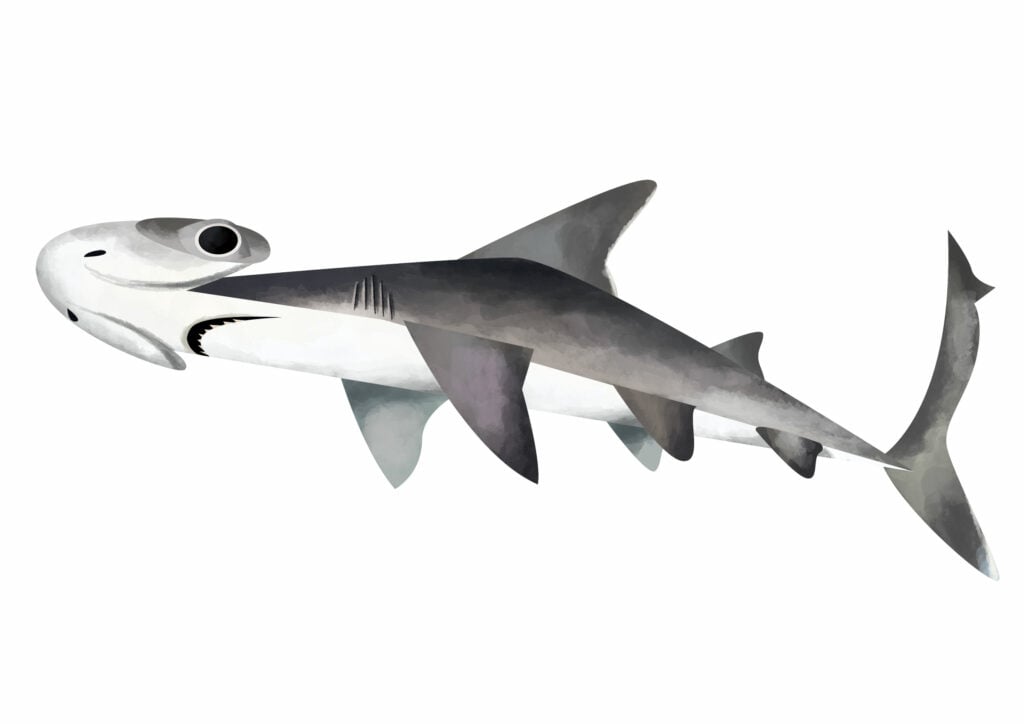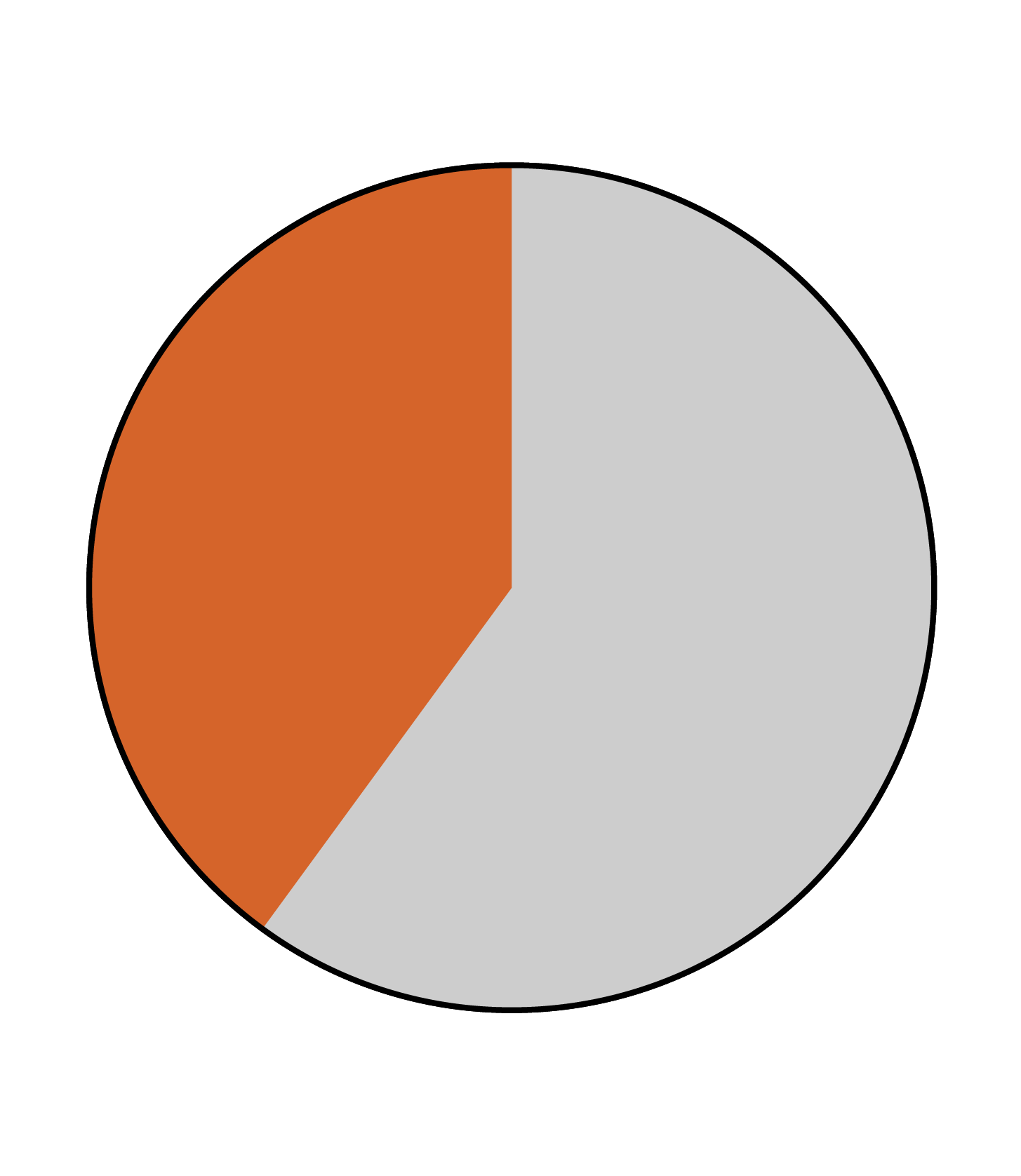Bonnethead shark
Sphyrna tiburo



Bonnethead sharks are the smallest of the nine hammerhead shark species. Unlike the more familiar scalloped hammerhead sharks, bonnetheads have a much smoother and rounder hammer. They are common, coastal inshore sharks, but migrate seasonally to warm waters in winter and cooler waters in summer. Recent evidence suggests they use the earth’s magnetic field to navigate during these migrations.
Identification
Bonnetheads are one of the smaller species of hammerhead at only 1.5 m, but they still have the distinct hammer-shaped head, or cepalophoil, of this species. In bonnetheads, the hammer is particularly round and smooth, and it is proportionately not as wide as some other species. Although generally pale grey in colour, they can have dark spots along their sides. Males and females also have slightly differently shaped hammers – in fact, they are the only known shark species where the sex of the individual can be told just by the shape of its head.

Special behaviour
Bonnetheads are equipped with almost 360-degree vision and excellent depth perception, which helps them to detect prey. They have also recently shown to be sensitive to the earth’s magnetic field, and likely use this for navigation during migration. They are quite social sharks, often found in groups of up to 15.
Reproduction
Bonnetheads are viviparous, meaning they nourish their pups in a uterus using a placenta and give birth to live young. Females can store sperm for up to four months prior to fertilisation, and when it is time to pup (after a 5- to 6-month gestation) will move to shallow bays and estuaries. Up to 14 pups can be born in a litter, with each measuring 0.3-0.4 m.
Habitat and geographical range
They are found in the western Atlantic from Rhodes Island to Brazil, and in the Pacific from California to Ecuador. They are typically found in coastal habitats, especially in estuaries, shallow bays and reefs, and often over muddy and sandy substrates.

Diet
Bonnetheads have a varied diet that includes crustaceans such as crab and shrimp, bivalves and other molluscs including snails, and various bony fish. Most curious, however, is their ability to feed on, and digest, seagrass.
Threats
As with most sharks, the primary threat for bonnetheads is overfishing. They are particularly vulnerable to being caught in gillnets due to their habitat selection and head shape, and they present as considerable bycatch in shrimp trawlers. They are also a popular catch in recreational hook and line fisheries, especially in the northwest Atlantic, and are highly exploited in the southwest Atlantic as a result of largely unmanaged trawl, gillnet and longline fishing. In Venezuela, they are reported to be the fourth most commonly caught shark. Similar intense exploitation in this species’ Pacific range has led to its local demise in certain areas such as the Gulf of California. Another considerable threat is habitat degradation, due to coastal development and increasing removal of their mangrove habitat to make space for shrimp aquaculture.
Relationship with humans
Bonnetheads are primarily exploited in fisheries, both commercial and recreational, and continue to lose habitat as a result of human activity (e.g. aquaculture). Due to their murky coastal habitats, they are not typically targeted by ecotourism operators.

Fun Facts
Bonnetheads have the shortest known gestation of any shark species – only 5 to 6 months.
They are the only known shark species to eat, and successfully digest plants.
They are the only shark species to exhibit different head shapes between males and females, known as sexual dimorphism.
They have recently been shown to be sensitive to the earth’s magnetic field, presumably using it to navigate.
References
David A. Ebert. et al, 2021, Sharks of the World: A Complete Guide.
IUCN Red List of Threatened Species, Bonnethead Shark: Sphyrna tiburo
Florida Museum, 2018, Sphyrna tiburo


